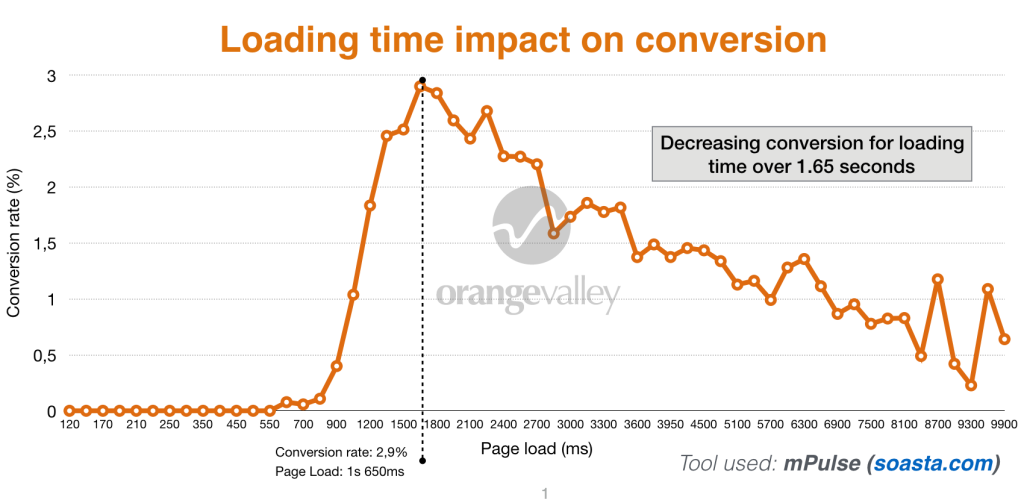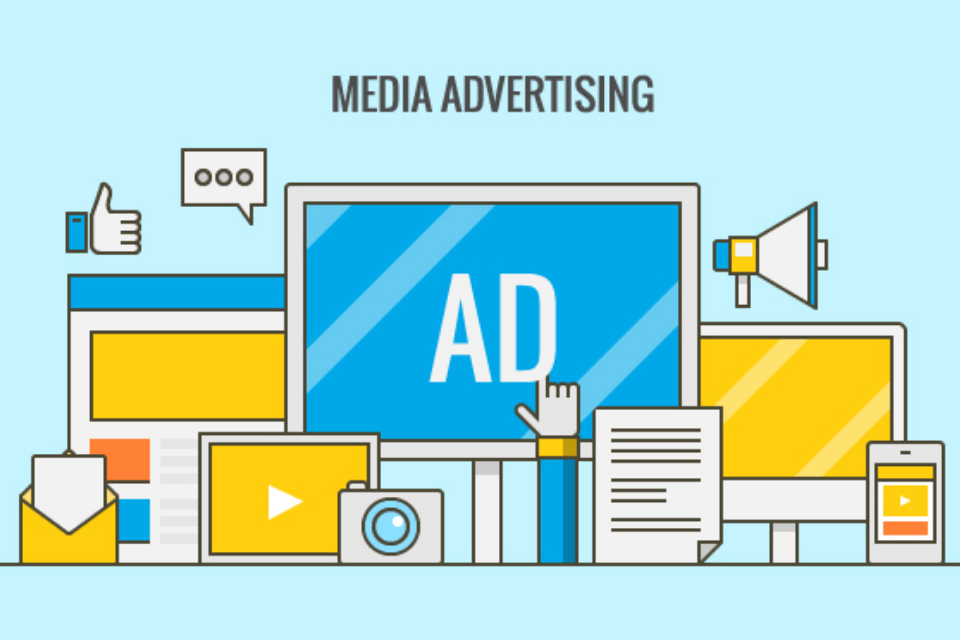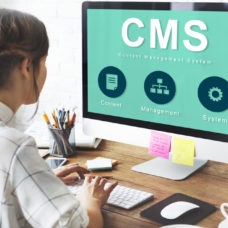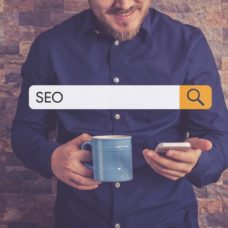New companies promoting new products often make the mistake of jumping headfirst into a paid ads campaign. It is destined to fail if the groundwork has not been done.
It may seem wise to start an advertising campaign for product exposure and to increase sales. If more users discover your website, then you’ll get more conversions, right?
Wrong. Paid advertising should not be the first approach a new company should take.
In theory, this approach makes sense. After all, what incentive is better than cash? But in reality, the nature of online marketing is much more complicated.
Let us take you through the ins and outs of advertising. By the end, we hope that you’ll be able to decipher where you may be going wrong.
6 Reasons Most Paid ads Fail:
1. Avoid an Overly Simplistic Advertising-First Approach
Say you went ahead and began an advertising campaign.
Your company bought Facebook ads, Instagram ads, LinkedIn, and Twitter ads. Next, you went and used Google Display Network and Google Ads in an attempt to drive traffic to your site.
The logic is: traffic leads to conversions, and conversions equal money.
What this over-simplistic equation does not take into account is that these platforms have no experience with your company. Therefore, this leads to a high cost per click rate.
If you’re just starting, then your company is probably unknown. To take advantage of paid traffic, you’ll need something that sites struggle for years to accomplish: high user engagement.
This is more easily said than done.
What’s more, because paid ads allow you to sit back and watch high traffic numbers roll in, you likely won’t work to raise user engagement. You’ll find low engagement and low click-through rates (CTR).
It’s a vicious cycle. If no one is clicking on your ads, the cost to show them to a broader audience increases.
The more difficult it is to reach more people, the harder it becomes to make these ads profitable. The result of paid ads is often less exposure and higher cost.
Read More: Standard Delivery To Become The Default On All Google Ads Campaign

Why do new companies fall victim to this vicious cycle so often?
The answer is simple.
Firstly, if your audience doesn’t know who you are, your ads won’t catch their attention. To be frank, they probably don’t care about what you have to say–yet.
Secondly, they don’t yet trust your company either. Lack of trust means they are less likely to click, buy, share, or like.
In a nutshell, without user engagement, your campaign cannot function, and your company suffers greatly.
The Solution?
So, if you shouldn’t take an advertising-first approach, how can you get exposure for your company? Don’t fret. We have a solution.
To reap the rewards of advertising, you need first to lay a solid foundation to build your campaign upon.
There are two critical steps to this:
Firstly, to avoid wasting money on ads that are destined to fail, invest in organic channels. Keeping tabs on the latest in organic and white hat SEO is one way.
Improving content on your site is another way to increase traffic flow to your website while also getting your name out there.

The higher your website ranks on Google, the more people are going to visit it. The more accessible and helpful your content is, the more people are going to trust your name.
Other ways to build up awareness surrounding your brand include press, PR, and sponsorships. The main thing to remember here is to drive user engagement before paying for advertisements.
2. Preach to Your Audience
If you know your audience, you know what is wasted on them.
You should know who they are. Or at least, as much as you can. Understand where they interact online, which social media platforms they use most and age/location demographics.
If you know where to aim, you’re more likely to hit the target.
Starting off, it could save you a lot of money and time to advertise exclusively to an audience who has already experienced your company and, therefore, has some level of trust built up.
For example, this ad showed up on my personal Twitter. I most tweet about sports, so I’m curious as to why they think I would be interested in a tutorial creator?
Instead, target those who specifically follow your accounts on Twitter. A smaller reach that is aimed with precision can often have a much better payoff than a wider one with no specific target.
If you don’t begin by finding niches where your ads are most effective for your brand first, how do you expect a more massive campaign to succeed? In short, new products need to find their new audience.
Once you have raised some awareness about your brand, you’ll be ready to start a paid advertising campaign. However, there are still certain things that you shouldn’t overlook if you want your campaign to succeed.
3. Cohesion Between Keyword, Paid Ads, and Landing Page
Surprisingly often, companies simply fail to notice that there is a lack of cohesion between keywords, their ad, and their landing page. This minor oversight can usually make any attempts at advertising fail miserably.
Having cohesion between the keyword in your ads and the relevance of your landing page is the best-kept secret to success on Google Adwords.
To achieve this, you need to think carefully about search intent. An easy way of understanding this is by separating it into three key components.
First, consider what people who could benefit from your product or service are looking for. In other words, what is the intent behind the words they type into Google?
Are searchers looking for ‘pet rabbit’ sales, or do they want to know more about Mike Pence’s pet rabbit? Here’s an example where we misused search intent (only for one keyword):
Secondly, ask yourself: is your page aligned with this intent? Is your page answering the needs of your customers? Try and get into the headspace of your customers and translate the keywords they type into Google.
For instance, someone may type in “pick-up trucks Texas.” Are they looking for a Texas-edition truck, or are they looking for, “where is the best place to buy pick-up trucks near me in Texas?”
Read More: 10 Simple SEO Hacks To Improve Your Site’s Rankings Today
If your site is adequately answering the needs of your customers, then the keywords within your content will match and respond to those that are being searched.
Finally, ask yourself; is your ad aligned with your page’s intent? The last ingredient of cohesion is making sure that your ad matches the intent of both the keywords that appear in searches and the content that your page offers.
To summarize, having cohesion means that your ad and your landing page both match the intent of the keyword searches.
Although it may seem straightforward, a lack of cohesion is a common mistake advertisers make. This easily avoided mistake often costs companies their success with Adwords.
Cohesion not only fortifies your sales message, but it also reduces drop-off rates later on in your sales process as you are relaying a clear and concise message.
This transparency is consistent and reassuring to potential clients and makes them feel more confident in their choice of company.
No matter how much effort, time, and money you put into your bids, ad copy, and landing page, if your ads and landing pages don’t match the intent of the keywords searched, then you are shooting your campaign in its own foot.

4. Paid Ads That Lack Links to Quality Landing Pages
First impressions are made in seconds. They also last a lifetime. Think about how much emphasis is put on a good handshake in business.
Your site’s landing page is the equivalent to a handshake.
An ideal first impression lets users know what your company is about and alludes to how professional and efficient your service or product will be.
It is easy to improve your landing page experience, and it can have a huge pay off when it comes to winning over your audience, which will lead to enhanced conversion rates.
To improve your landing page experience, the golden rule is to offer what you know your audience needs. That means relevant, useful, and original content.
As mentioned above, this should also mean that your landing page is also directly relevant to your ad text and keyword. When you know the user has a specific intent, make sure you provide them with a particular page.
For example, if someone clicks on an ad for a specific product, the link should not lead them to a general page with all products and variations on it.
In general, your landing page should always provide useful information about what you are advertising and valuable features and content that is unique to your site.
5. Top Tips for Fixing Your Landing Page
A) Offer a Highly Organized UX:
UX (User Experience) is vital in the design of your main landing page. If visitors to your site find it difficult or irritating to navigate on your website, you’re going to see your bounce rate increase pretty quickly.
B) Have Clear CTAs:
So, how do you maintain a good UX? One of the essential methods is having clear and compelling Calls to Action (CTAs). These should be placed front and center on your site to improve both the look and navigation of your page.
Remember, people are impatient. If a user comes to your site and can’t find what they’re looking for within a few seconds, they’re going to leave your site and go to a competitor.
C) Avoid Any Unnecessary Whitespace:
Whitespace, or unused sections of your main landing page, can be useful in improving the look and usability of your page. However, use the space to your advantage. Having large, useless areas of whitespace in prime areas can significantly affect the UX of your site.
Make sure to pay attention to the balance of your site between too crowded and too sparse. A good tip that I’ve always followed is to leave the side margins of your page a little clearer while using the central section for the essential CTA’s, copy, and links.
6. Decrease Your Landing Page Loading Time
As well as decreasing your SEO ranking, slow loading times kill conversions.
People are impatient. If they leave before they even get to see the amazing content you have to offer, then there’s not much point in having it.
There are lots of ways to speed test your site online to determine if this could be an issue.
If you want your advertising campaign to succeed, then you need to avoid making users wait while your page loads. In fact, 47% of users expect pages to load within two seconds or less.
What’s more is if it takes three or more seconds, a stunning 40% of people will abandon the site.
When it comes to loading speed, every second count. Just a one-second delay can lead to 11% fewer page views and a 16% decrease in customer satisfaction.
Read More: Is Your Organic Traffic Dropping? Here’s How To Find Out Why
One second could be the difference between engaging visitors and making sales and potential customers bouncing to other sites.
For the few patient visitors who do stick around, slower loading speeds are likely to deter them from returning to your website in the future.
You need to ensure that once someone clicks on your ad, your landing page loads quickly, whether on a desktop or mobile device.
To ensure this, you should consider testing your site scores on mobile speed using Google’s ‘test my site’ tool. This will show you whether or not you need to improve your site’s mobile speed and advise you on how to go about it.
There are countless ways to increase your pages’ loading speed. These include making sure you are using identical URLs for resources shared across multiple pages. You could also use a content delivery network (CDN) to deliver content more efficiently to users.
Another easy way to increase loading speed is after minifying and combining some files, you can optimize the way that they load on your pages. For example, you can load scripts like CSS and JavaScript synchronously or asynchronously.
If scripts load synchronously, then that means they load one at a time in the order that they appear on the page. If you chose to have them load asynchronously, some would load simultaneously. This will speed up your page’s loading time.
Paid Ads Are Rarely the Best Option
If you’re having issues with increasing your site’s traffic, don’t immediately jump to paid ads. Instead, you should set your advertising campaign up for success by raising awareness of your brand and cultivating trust and loyalty from your customers.
Once you have achieved this, make sure that there is cohesion between your keywords, landing page, and ad. Make sure your landing page reflects the quality of your product and company.
Finally, make sure to increase your pages’ loading speed.



















Comments (0)
Most Recent